
Jung’s Red Book fires curiosity in New York
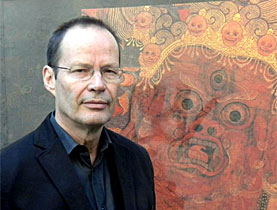
Psychoanalysts from around the United States are flocking to New York City to see an exhibition about Carl Jung's personal record of a journey into his subconscious.
The exhibition coincides with the publication of the Red Book, giving the public their first look into a book the Zurich psychologist’s descendants have protected for decades.
Jung filled the pages of the red leather-bound book with meticulously written calligraphic script, in both German and Latin, and intricate, colourful paintings.
“It’s remarkable because in the Jungian community we’ve known this existed but we were never able to see it. It has been compared to the Book of Kells,” Sharon Stein, a Jungian therapist, told swissinfo.ch.
The Red Book – 205 oversized pages on thick cream-coloured parchment – is considered by many to be a work of art in its own right, while holding the keys to understanding the origins of Jung’s most important psychological theories.
Inner journey
Carl Jung, who was a student of Sigmund Freud, founded the field of analytical psychology, seeing it as a process to becoming whole with dreams serving as a tool to reveal the inner psyche.
“Without studying The Red Book, one can’t be in a position to grasp the genesis of his work from 1914 onward,” said Sonu Shamdasani, one of the book’s translators and editor of its English version.
Two other translators, Mark Kyburz and John Peck, were also involved in the project.
Shamdasani, a historian of psychology based in London, said The Red Book represents a series of what Jung called active imagination, or visualisation, evoking waking dreams in which he had an inner dialogue with fantasy figures in an effort to understand his unconscious.
Many of those fantasy figures, images from dreams, as well as colourful mandalas – a Hindu and Buddhist symbol of wholeness – come alive on the pages of the book.
“His paintings are so interesting, beautiful and surprising to me. I would not expect these evocative, interesting images from a Swiss psychiatrist living at that time,” said Liz Wilcox, a self-described Jung neophyte.
Many analysts – as well as curious members of the public – are visiting the Rubin Museum of Art in New York to get a better understanding of the man they so revere.
While most have not yet been able to read the newly released book – it is on back order and already in its third printing – most say they are amazed by the amount of work Jung devoted to the volume.
“It’s a very complex work and when I saw it, it effectively knocked my socks off,” Stephen A. Martin, a clinician, told swissinfo.ch. “One wonders, when did he have the time to do this?” said Martin, who is president of the Philemon Foundation, which helped fund the translation.
An apocalyptic vision
The Red Book stems in part from an episode Jung experienced in 1913 while on a train journey from Zurich to Schaffhausen, where he experienced a waking apocalyptic vision of Europe being engulfed in a sea of blood.
Jung then began a period of self-examination, believing that he had lost contact with his soul, according to Shamdasani.
The following year, at age 39, Jung began making entries in The Red Book – which he continued to do for 16 years – reflecting on what he had experienced in his journey to his subconscious.
It is believed that Jung, who regarded himself as a scientist, wanted to publish the book in his lifetime but was worried about how it would be received.
“He was a bit afraid of his scientific reputation,” Martin Brauen, chief curator at the Rubin Museum of Art told swissinfo.ch.
“The book has nothing to do with science. At times the book is quite weird, prophetic, religious; it is certainly not scientific,” said Brauen, who is from Bern.
Military service
Sketches of some of the mandalas that are painted in the Red Book– some on exhibit at the show – were made while Jung was doing his military service in Switzerland in 1917.
“He felt bored as many do while in the Swiss military service,” Brauen said. “So nearly every day he produced one mandala sketch.”
While historians were keen to see The Red Book published, Jung’s descendents resisted. When he died in 1961 the book was left in his Zurich home, before being locked away in a safe deposit box, where it remained for 25 years.
The Red Book exhibition runs to January 25, 2010.
Karin Kamp in New York, swissinfo.ch
Carl G. Jung was born in 1875 in Kesswil, canton Thurgau.
He studied medicine, specialising in psychiatry and joined the staff of Burgholzli, a psychiatric hospital in Zurich.
In 1907, Jung was introduced to Sigmund Freud, who became his mentor. Later their theories diverged and Jung developed his own school of “analytical psychology”.
Jung’s world travels, including trips to Tunisia and Algeria, led to an interest in ideas from Eastern philosophies and religions, which he integrated into his theories of the “collective unconscious”.
Throughout his life, Jung published several books including The Undiscovered Self (1957).
Jung died at the age of 85 in 1961 leaving The Red Book to his family in his will.

In compliance with the JTI standards
More: SWI swissinfo.ch certified by the Journalism Trust Initiative

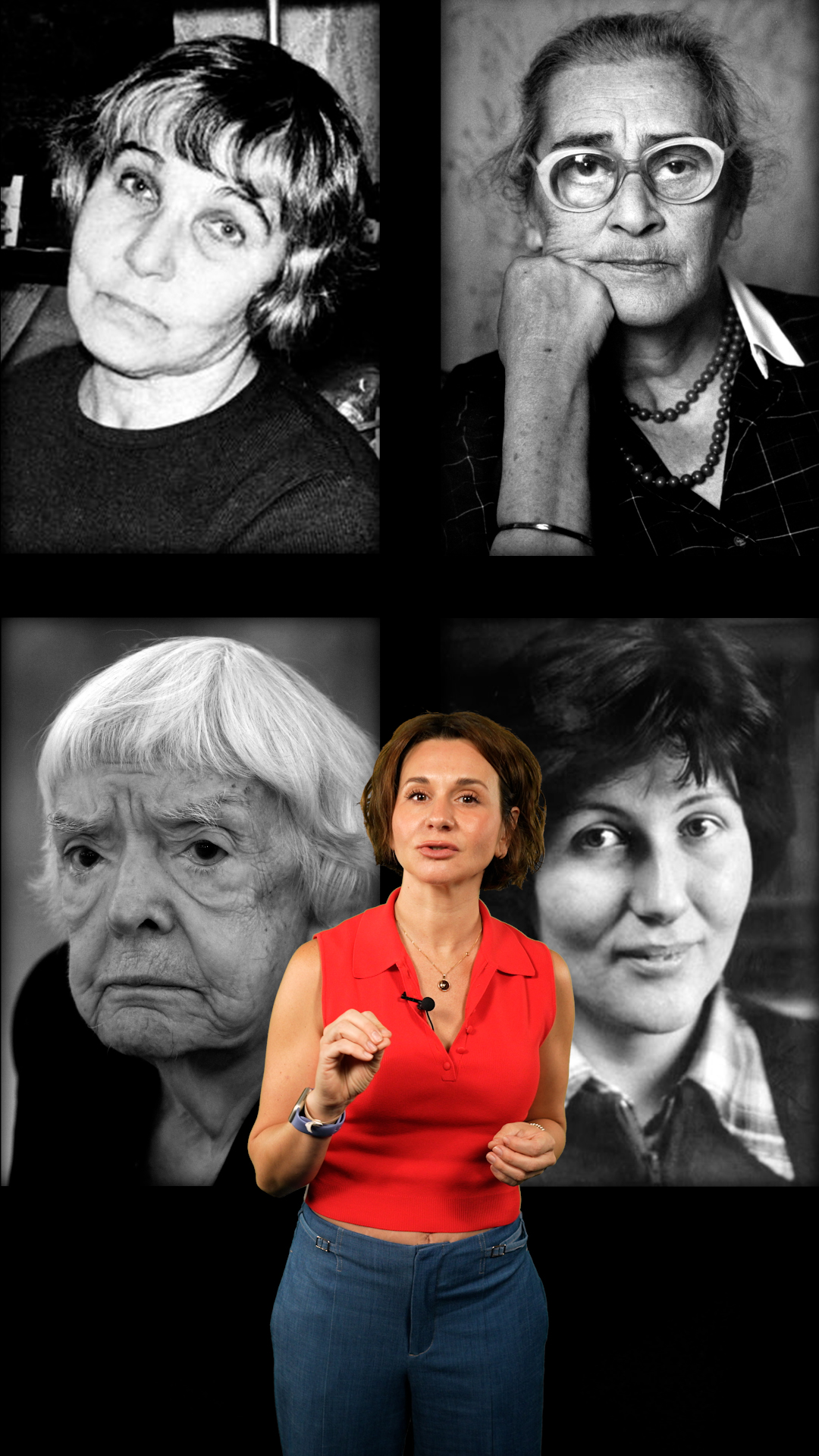















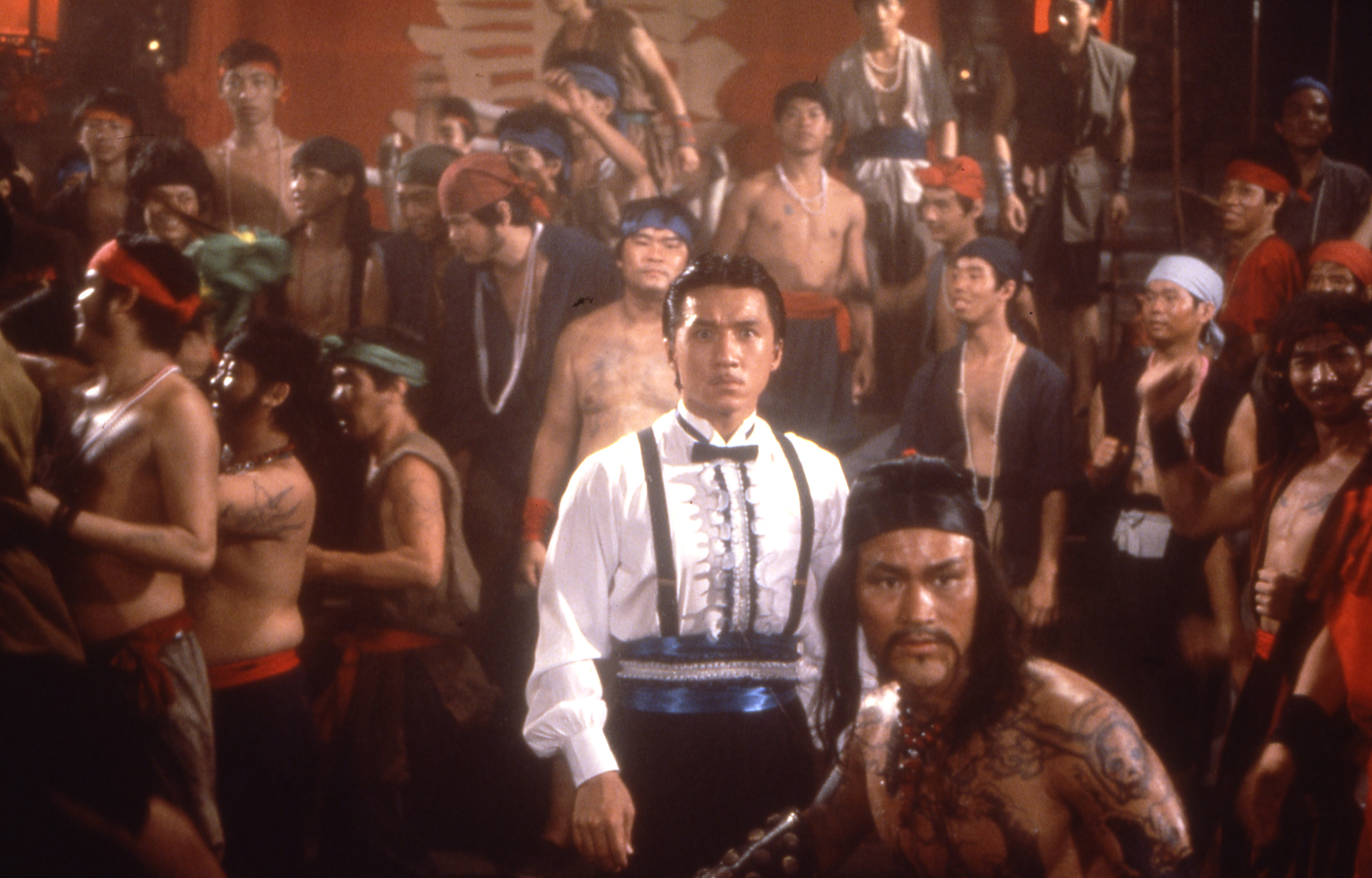














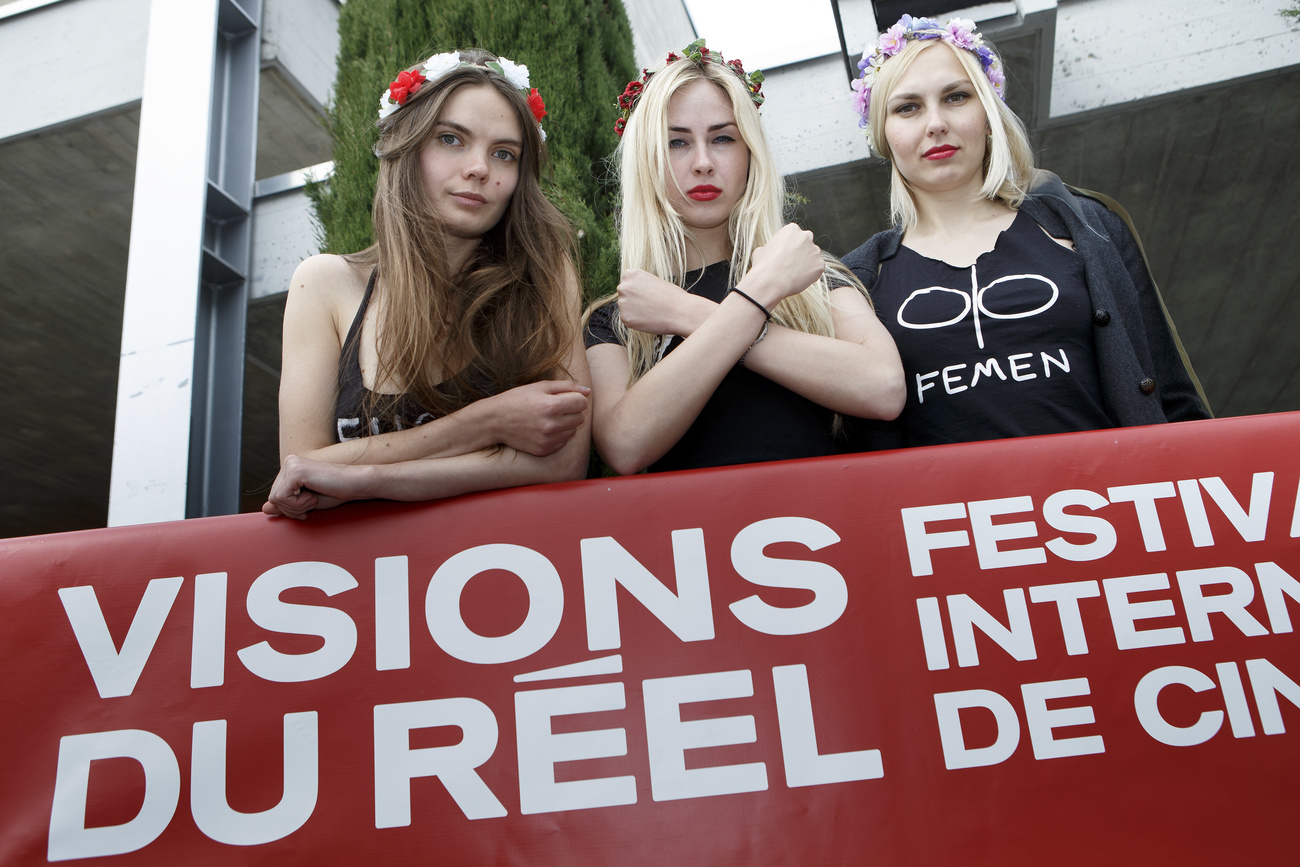
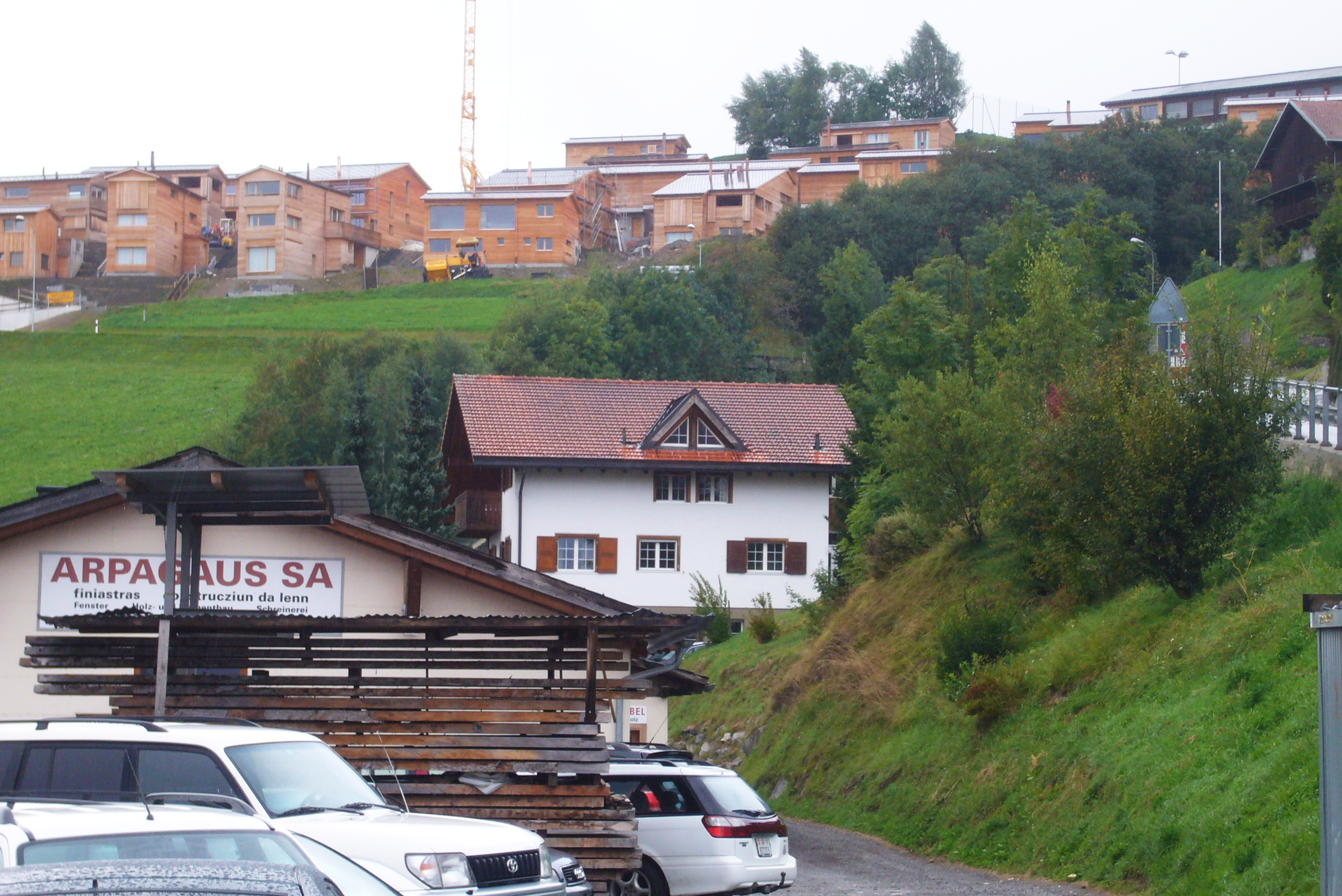


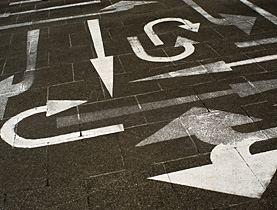

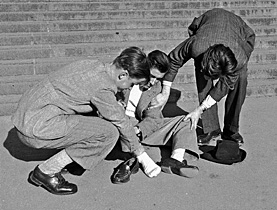

You can find an overview of ongoing debates with our journalists here . Please join us!
If you want to start a conversation about a topic raised in this article or want to report factual errors, email us at english@swissinfo.ch.